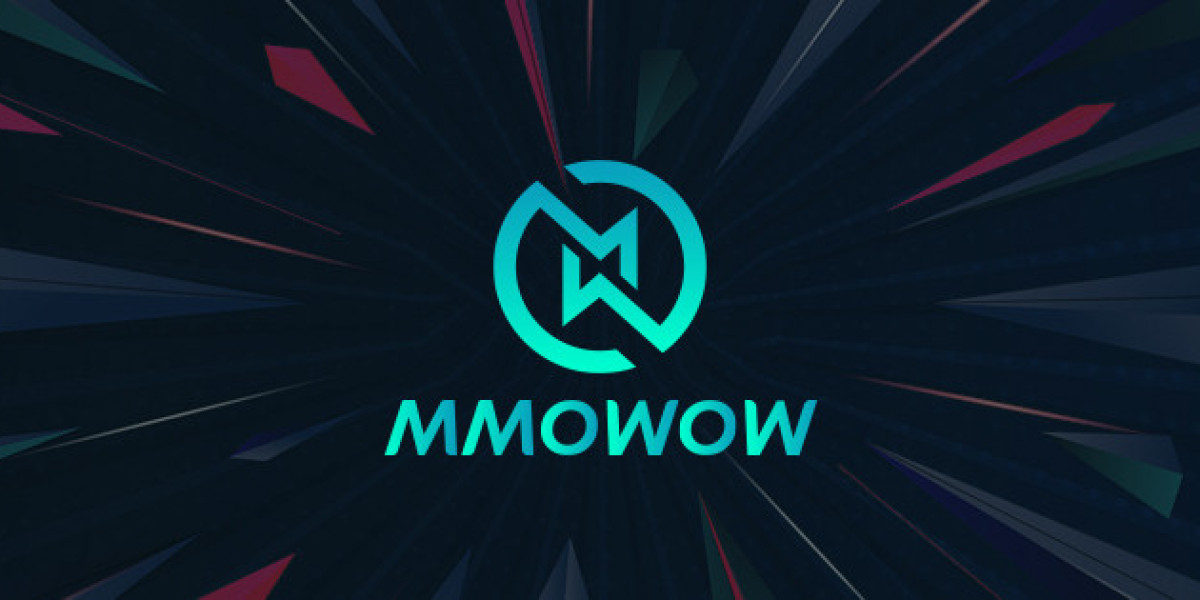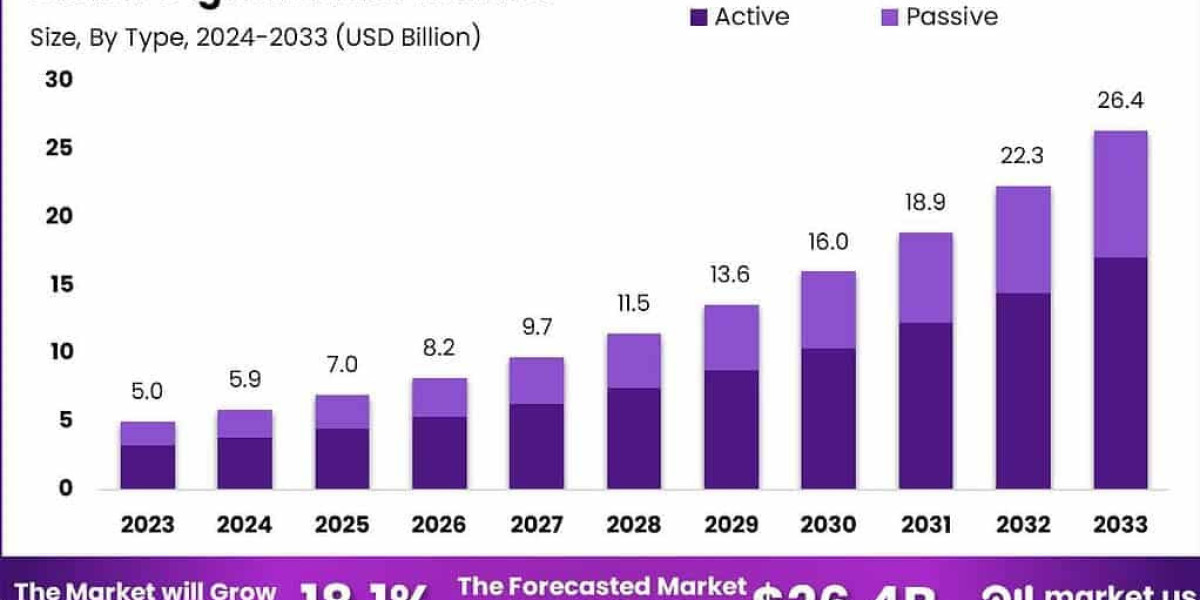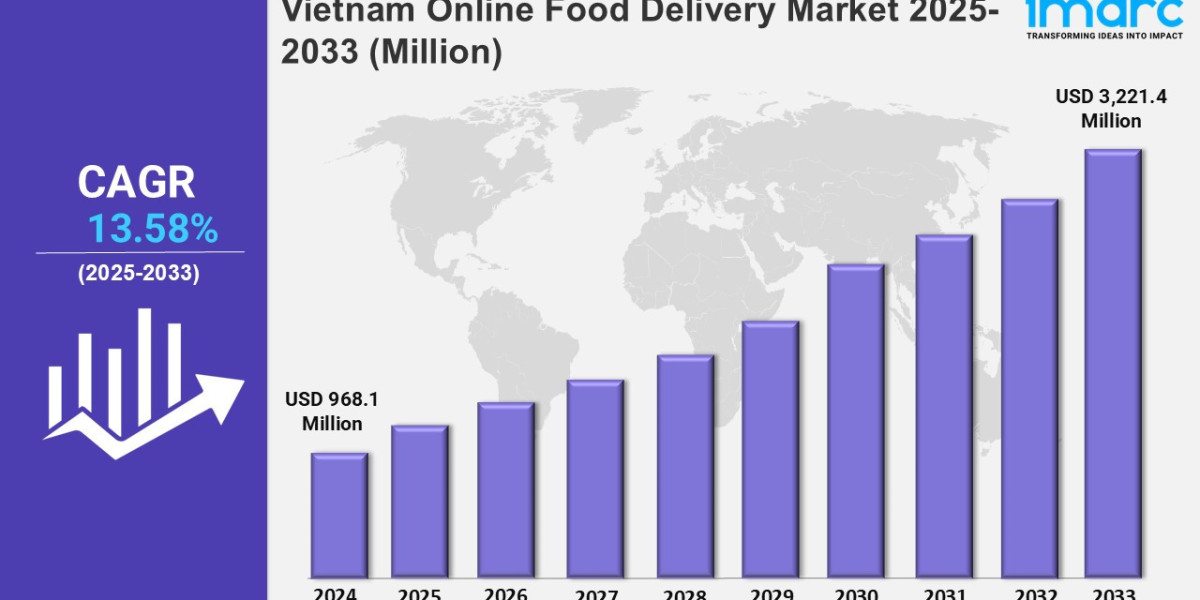Monopoly GO isn’t just a casual mobile game — it’s a global phenomenon with millions of players rolling the dice, upgrading landmarks, and chasing sticker sets every single day. But have you ever wondered when most players are online? Or how they play differently throughout the day or week?
By looking at player data, patterns begin to emerge — and understanding these trends can help you play smarter, maximize your rewards, and even gain a competitive edge during limited-time events. Let’s take a closer look at the numbers behind the game and what they reveal about Monopoly GO’s player behavior and peak activity periods.
1. Peak Activity Hours
Most Monopoly GO players tend to be most active during two key windows:
Evening (7 PM – 11 PM local time): This is when most players log in after school or work. You’ll see increased competition in events, faster leaderboard shifts, and quicker responses in friend interactions (like stealing or gifting).
Morning (8 AM – 10 AM): A secondary surge happens early in the day, when players collect daily rewards, check event updates, and complete quick missions before starting their routines.
If you want to avoid heavy competition (e.g., fewer people stealing your cash), playing during low-traffic hours such as early afternoon or late night might be more strategic.
2. Weekend vs Weekday Play Styles
On weekdays, players typically engage in short bursts — rolling a few dice during breaks or on commutes. That’s why quick events or missions are more popular mid-week.
On weekends, gameplay increases dramatically. Users are more likely to binge-roll, join longer events like Peg-E and Cash Grab, and spend more time completing sticker albums or team challenges.
If you're targeting big event rewards, make sure to save your dice for the weekend surge — especially Saturday evenings, when most leaderboards see their fiercest competition.
3. Event-Driven Spikes
Certain events, like Sticker Boom, Golden Blitz, or Board Rush, create massive spikes in player activity. These can often cause dice to run out quickly across the player base, increasing demand for strategic rolls and smart dice use.
Pro tip: Monitor the game's event calendar (if available) and prepare dice in advance. Don’t get caught empty-handed during a double-reward period.
4. Social Behaviors: Stealing, Sharing & Trading
Data also shows that players are more socially active during evening hours — more gifts are sent, more stickers are traded, and yes, more bank heists happen. If you want to avoid being robbed, it’s best to log off before peak hours and protect your cash before bed!
On the flip side, if you’re trying to trade stickers or team up, logging in during peak social periods will increase your chances of finding active players.
Final Thoughts
Understanding the data behind Monopoly GO doesn’t just satisfy curiosity — it gives you a real tactical advantage. By aligning your gameplay with peak activity hours, saving dice for key events, and recognizing social behavior trends, you can earn more, climb faster, and enjoy a more rewarding experience.
And when you’re running low on dice during a critical event? Don’t panic.
Visit mmowow gold to buy monopoly go dice quickly and affordably — and make every roll count when it matters most.



